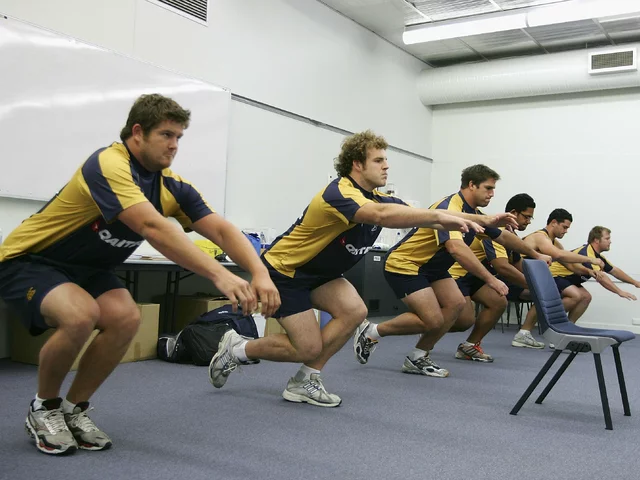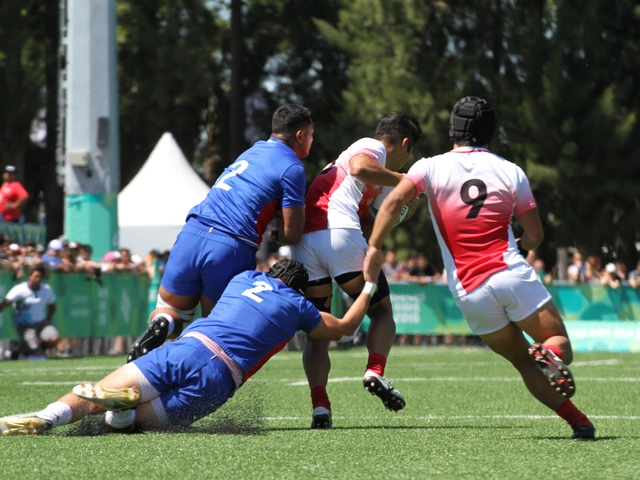Strength Essentials for Rugby Players
If you want to break tackles, win scrums, and keep moving late in the match, building the right kind of strength is non‑negotiable. It isn’t about turning into a bodybuilder; it’s about adding power where it matters on the field. Below are simple steps you can put into practice this week, whether you train at a gym or in a park.
Focus on Functional Moves
Rugby demands bursts of force from the legs, core, and upper body. Prioritise compound lifts like deadlifts, squats, and bench presses because they engage multiple muscle groups at once. Pair each lift with a rugby‑specific variation – for example, squat jumps after a set of back squats to train explosive power. Keep the weight heavy enough to challenge you, but stay within a rep range of 3‑6 for strength and 8‑12 for power.
Don't forget the pull‑up and row combo. Strong pulling muscles help you drive in the maul and keep a solid grip in the tackle. Aim for three sets of max reps, then add a weighted vest or a belt once you can easily exceed 12 reps.
Blend Strength with Mobility
Rigid muscles will slow you down and raise injury risk. After each strength session, spend ten minutes on dynamic stretches – leg swings, hip circles, and thoracic rotations. These moves keep your range of motion open, letting you change direction faster. A quick mobility routine also speeds up recovery, so you can train hard three or four times a week without feeling wrecked.
Incorporate a weekly “speed‑strength” day. Use sled pushes, kettlebell swings, or medicine‑ball slams for 20‑30 seconds, rest 40 seconds, repeat five times. This mimics the short, intense bursts of effort you face during a match and teaches your body to recruit fast‑twitch fibers efficiently.
Nutrition plays a quiet but vital role. Aim for 1.6‑2.2 grams of protein per kilogram of body weight each day to support muscle repair. Pair protein with carbs right after training – a banana and a whey shake works fine – to refill glycogen stores and jump‑start recovery.
Sleep isn’t optional. Seven to nine hours per night give your nervous system a chance to reset, which translates to better force production on the pitch. If you feel sluggish, consider a short nap or a light stretching session before bed.
Finally, track progress. Record the weight, sets, and reps for each major lift, and note how you feel in games. Small tweaks – adding 5 kg to your deadlift or shaving a second off a 30‑meter sprint – add up over a season and boost confidence.
Strength is a daily habit, not a one‑off event. By combining heavy compound work, rugby‑specific power drills, mobility, proper fuel, and rest, you’ll notice stronger tackles, quicker line breaks, and less fatigue after the final whistle. Give these tips a try and watch your performance rise.
James Haskell is a professional rugby player who is well known for his strength and powerful tackling. He has a natural instinct for the game and is an incredibly strong runner. His physical strength is renowned, and he is able to make bone-crushing tackles while still maintaining perfect balance and control. His work ethic and dedication to training have earned him the respect of his peers, and he is considered to be one of the strongest players in the game. He is a leader on the pitch and his belief in himself and his teammates gives them a huge boost of confidence.
READ MORE





